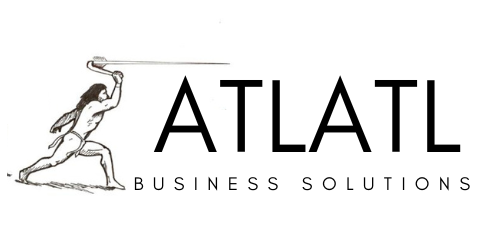Meetings are an essential part of business, but they can also be a major time sink. According to a study by Atlassian, the average employee spends 31 hours in unproductive meetings each month. That’s more than three workdays lost to meetings that don’t accomplish anything.
One way to combat this problem is to adopt the concept of “No Agenda = No Meeting.” The idea is simple: if a meeting doesn’t have a clear purpose and agenda, it shouldn’t happen.
This may seem harsh, but it can actually save your business time and money. Here’s how:
- Focus on Results, Not Time
When you have a clear agenda for a meeting, you know exactly what you need to accomplish. This allows you to focus on achieving your goals instead of just trying to fill time. By setting clear objectives, you can make sure that everyone is on the same page and working towards the same goal.
- Reduce Interruptions
A meeting without an agenda can easily turn into a free-for-all where everyone talks about whatever is on their mind. This can lead to interruptions, tangents, and wasted time. By having a clear agenda, you can keep everyone on track and reduce the likelihood of interruptions.
- Respect Everyone’s Time
Everyone’s time is valuable, and no one wants to sit through a meeting that doesn’t accomplish anything. By adopting the “no agenda = no meeting” concept, you show that you respect everyone’s time and that you’re committed to using it wisely.
- Encourage Preparation
When you have a clear agenda, everyone knows what they need to prepare for the meeting. This can lead to more productive discussions and better decisions. It also encourages everyone to come to the meeting with a clear understanding of the issues at hand.
- Save Money
Meetings can be expensive. When you factor in the cost of everyone’s time, plus any travel expenses or rental fees for a meeting space, it can add up quickly. By eliminating unnecessary meetings, you can save your business money.
The concept of “No Agenda = No Meeting” can be a powerful tool for improving productivity and saving time and money. By focusing on results, reducing interruptions, respecting everyone’s time, encouraging preparation, and saving money, you can help your business achieve its goals more efficiently.
So the next time you’re tempted to schedule a meeting without an agenda, remember: No Agenda? No Meeting.

